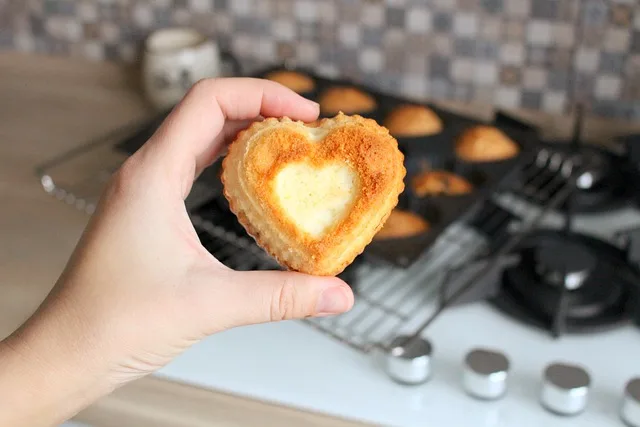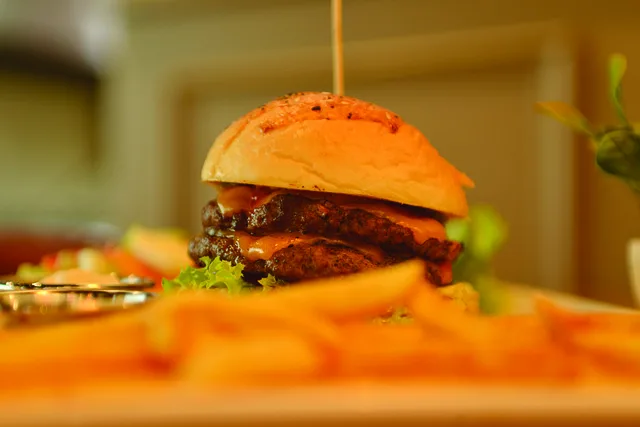First off, think about the frequency of use. Items you reach for daily, like your favorite coffee mugs or cooking oils, should be at eye level. This way, you won’t have to stretch or bend down every time you want a cup of joe. Imagine starting your day without that little hassle—sounds nice, right?
Next, consider grouping similar items together. Keep your baking sheets, mixing bowls, and measuring cups in one area. It’s like creating a mini baking station! This not only saves time but also makes your kitchen feel more cohesive. Plus, it’s way easier to whip up a batch of cookies when you know exactly where everything is.
Don’t forget about the upper cabinets! They’re perfect for storing less frequently used items, like holiday platters or that fancy blender you only use for smoothies. Just make sure to keep heavier items on lower shelves to avoid any accidents. Think of it as stacking a pyramid—wider and heavier at the bottom, lighter at the top.
Lastly, utilize the door space! Installing small racks or hooks can be a game-changer for spices or pot lids. It’s like finding hidden treasure in your own kitchen. So, next time you open those cabinets, you’ll be greeted with a well-organized, efficient space that makes cooking a breeze. Who knew kitchen organization could be this fun?
Maximize Your Space: The Ultimate Guide to Organizing Kitchen Cabinets
First off, let’s talk about decluttering. Think of your cabinets as a closet that’s been neglected for too long. Start by pulling everything out and sorting through your items. If you haven’t used that fancy fondue set in years, it might be time to let it go. Keep only what you truly need and love. This is your chance to create a kitchen that works for you, not against you!
Next, consider the layout. Just like a well-planned city, your cabinets should have a flow. Place frequently used items at eye level and less-used gadgets higher up or in the back. It’s all about accessibility! Use clear bins or baskets to group similar items together—think of them as little neighborhoods within your cabinets. This not only keeps things tidy but also makes it super easy to find what you need.
Don’t forget about vertical space! Stackable shelves or tiered organizers can turn a chaotic cabinet into a well-oiled machine. Imagine your spices lined up like soldiers, ready to be called into action at a moment’s notice. And if you’re feeling adventurous, consider using the inside of your cabinet doors for extra storage. Hooks for measuring spoons or a small rack for spices can free up valuable shelf space.
With these tips, you’ll transform your kitchen cabinets from a cluttered mess into a beautifully organized haven. So, roll up your sleeves and get ready to reclaim your kitchen!
From Chaos to Clarity: Smart Strategies for Kitchen Cabinet Organization
First off, let’s talk about decluttering. Imagine your kitchen cabinets as a closet stuffed with clothes you never wear. It’s time to let go! Start by emptying out your cabinets and sorting through everything. Keep only what you use regularly and what sparks joy. If you haven’t touched that fancy fondue set in years, it might be time to say goodbye.
Next, think about how you use your kitchen. Are you a baking enthusiast or a meal prep pro? Group similar items together. Place your baking sheets, mixing bowls, and measuring cups in one cabinet, while your pots and pans can have their own cozy corner. This way, you’ll know exactly where to find what you need, saving you time and frustration.
Now, let’s get creative with storage solutions. Consider using stackable bins or pull-out shelves to maximize space. It’s like giving your cabinets a little makeover! You can even use clear containers for dry goods, making it easy to see what you have at a glance. Plus, it adds a touch of style to your kitchen.
The Art of Arrangement: How to Optimize Your Kitchen Cabinet Layout
First off, think about your cooking habits. Are you a baking enthusiast or a stir-fry wizard? Place your baking sheets and mixing bowls together, while your frying pans and spatulas should hang out in another section. This way, you’re not playing hide-and-seek with your utensils when you’re in the middle of a recipe. It’s like organizing a band—each instrument has its place, and together they create a beautiful symphony.
Next, consider the height of your cabinets. If you’re reaching for that elusive spice jar on the top shelf, it can feel like you’re scaling a mountain. Keep frequently used items at eye level. Think of it as creating a VIP section in your cabinet—only the most important items get prime real estate.
And let’s not forget about the power of containers! Using clear bins or labeled jars can transform a chaotic cabinet into a well-oiled machine. It’s like putting your ingredients in a neat little army, ready to march into action whenever you need them. Plus, who doesn’t love a little aesthetic appeal?

Lastly, don’t shy away from vertical space. Stackable shelves or pull-out racks can maximize every inch of your cabinet. It’s like playing Tetris—finding the perfect fit for each piece makes the whole picture come together beautifully.
Top Tips for Storing Kitchen Essentials: Where to Place What
First off, think about the layout of your kitchen. Place frequently used items, like pots and pans, near the stove. It’s like having your favorite band play at your backyard barbecue—convenient and enjoyable! For utensils, a drawer divider can be a game-changer. It’s like giving each tool its own VIP section, making it easy to grab what you need without digging through a chaotic mess.

Now, let’s talk about spices. If you’re anything like me, you probably have a collection that rivals a small grocery store. Consider using a tiered spice rack. This way, you can see all your spices at a glance, just like a well-stocked bar where every drink is within reach. And don’t forget about the pantry! Group similar items together—canned goods, snacks, and baking supplies. It’s like organizing a library; everything has its place, and you can find what you need in a snap.
For those bulky appliances, think vertical. Shelves or cabinets that reach for the sky can help you store items like blenders and mixers without taking up precious counter space. It’s like building a tower of convenience! And let’s not overlook the fridge. Keep the most perishable items at eye level, so you’re reminded to use them before they go bad.
By following these tips, you’ll transform your kitchen into a well-oiled machine, making cooking and meal prep a breeze. Who wouldn’t want that?
Frequently Asked Questions
How to Maximize Space in Small Kitchen Cabinets?
To optimize space in small kitchen cabinets, utilize stackable storage solutions, such as bins and shelves, to create vertical space. Use drawer organizers to keep utensils and tools tidy. Consider adding hooks or magnetic strips for hanging items. Regularly declutter and donate unused items to maintain an efficient and organized kitchen.
Where to Place Frequently Used Kitchen Tools?
Organize frequently used kitchen tools by placing them within easy reach. Use drawer dividers for utensils, a magnetic strip for knives, and a countertop caddy for commonly used items like spatulas and whisks. This setup enhances efficiency and keeps your workspace tidy.
What Items Should Go in Upper vs. Lower Cabinets?
Upper cabinets are ideal for storing frequently used items like dishes, glasses, and spices, keeping them easily accessible. Lower cabinets are better suited for heavier items such as pots, pans, and larger appliances, providing stability and support. Organizing items based on usage and weight enhances kitchen efficiency.
Best Practices for Storing Pots and Pans?
To effectively store pots and pans, prioritize organization and accessibility. Use a pot rack or wall-mounted hooks to save space and keep items visible. Stack pots with protective liners to prevent scratches, and store lids separately to avoid clutter. Consider using drawer dividers or pull-out shelves for easy access. Ensure heavy items are stored at lower levels to prevent accidents.
How to Organize Kitchen Cabinets Efficiently?
To efficiently organize kitchen cabinets, start by decluttering and removing items you no longer use. Group similar items together, such as pots, pans, and utensils, and use clear bins or dividers to maximize space. Store frequently used items at eye level for easy access, and consider vertical storage solutions for maximizing cabinet height. Labeling shelves can also help maintain organization.